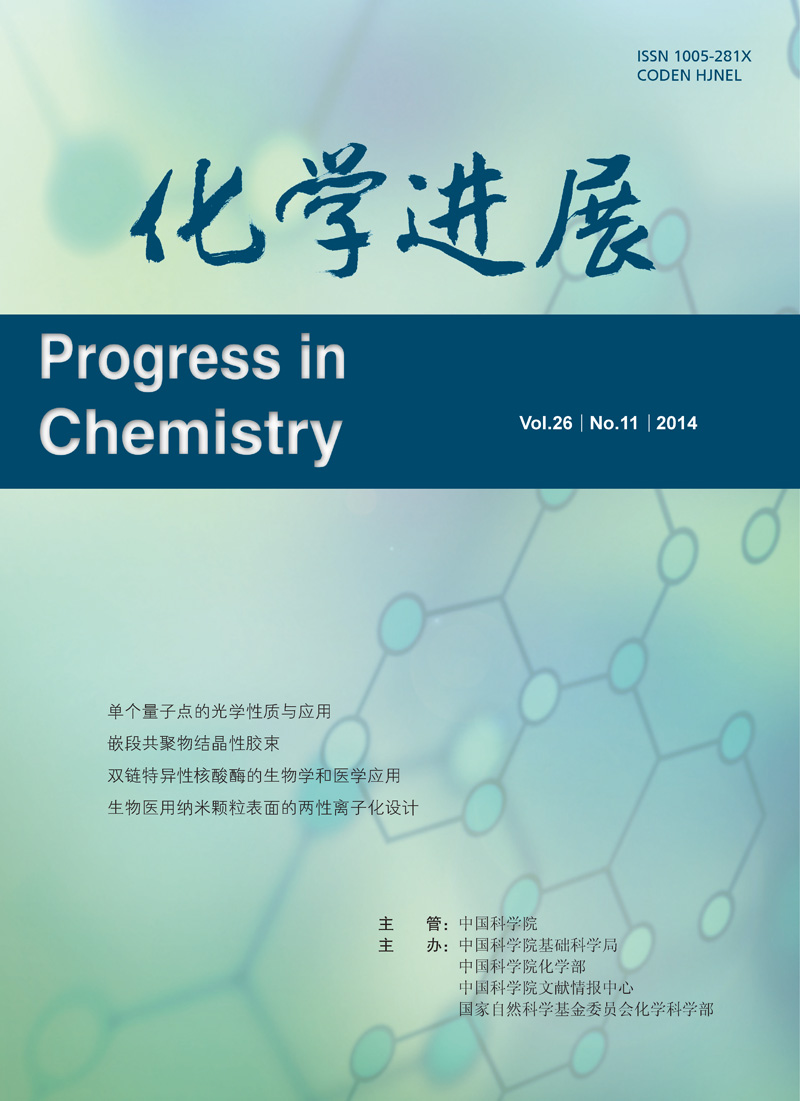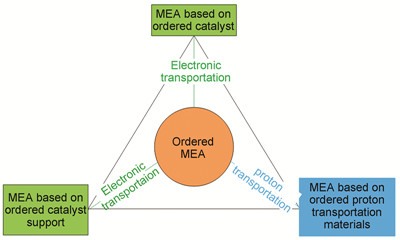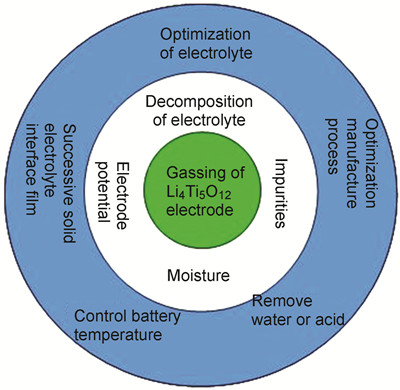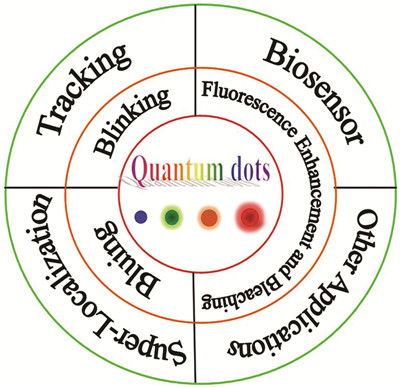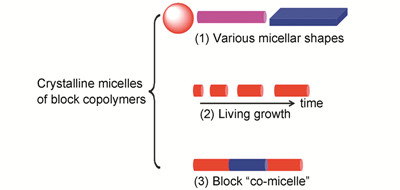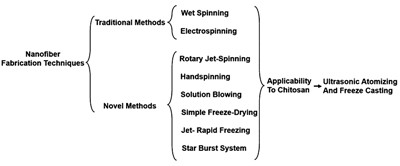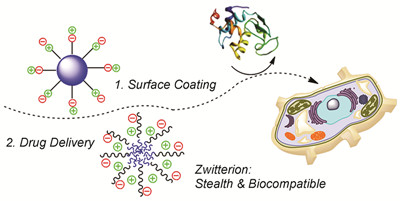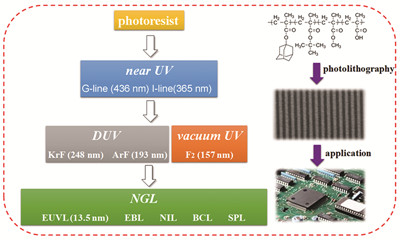Liu Feng, Wang Cheng, Zhang Jianbo, Lan Aidong, Li Jianqiu, Ouyang Minggao. Ordered Membrane Electrode Assembly of Proton Exchange Membrane Fuel Cell[J]. Progress in Chemistry, 2014, 26(11): 1763-1771.
After two traditional manufacturing methods of key component——membrane electrode assemblies (MEA), the third generation ordered MEA has attracted great research interests in proton exchange membrane fuel cell. Ordered MEA could be divided into two kinds: MEA based on ordered proton transportation materials (e.g.nanowires, nanotubes, nanofibers of Nafion or other proton transportation materials) and MEA based on ordered electron transportation materials. However, ordered electron transportation MEA includes MEA based on ordered catalyst (e.g.Pt nanowires or other metal catalyst nanowires) and MEA based on ordered catalyst support such as carbon nanotube and carbon nanofibers. Electrode structure ordering is critical for decreasing Pt loading of the MEA, improving power performance and durability of fuel cell due to good multiphase mass transmission channels(e.g.proton, electron, gas and water transmission channels). Ordered MEAs and their manufacturing methods are reviwed in the paper based on the latest research literatures and patents recent years, and their characteristics and difference are analyzed in detail, which has guiding significance for high performance, low cost and longlife MEA.
Contents
1 Introduction
2 Previous attempts of the ordered MEA
2.1 Introduce of ordered catalyst support
2.2 Introduce of catalyst nanowire
2.3 Introduce of high proton transportation nanofiber
3 The third generation ordered MEA
3.1 MEA based on ordered catalyst support
3.2 MEA based on ordered catalyst
3.3 MEA based on ordered proton transportation materials
4 Conclusion and outlook




